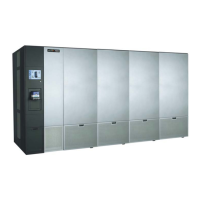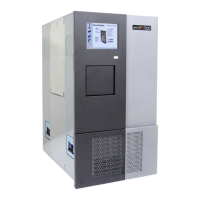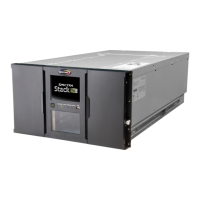How to fix cannot access Spectra Storage library using BlueScale web interface?
- MMatthew VargasAug 20, 2025
If you cannot access the library using the BlueScale web interface, ensure that: * The library is connected to the network via an Ethernet cable connected to the LCM. * The web server port is correctly configured for your environment. * An IP address is configured for the library. If the problem persists, try resetting the LCM to ensure the Ethernet port isn't hung.









